Quote:
Originally Posted by Shadeflower

Keith, those pictures are a real joy, I am especially impressed with the walkeriana.
You are showing us mastery in progress but I told you it could be done. You have proved it can be done even better 
I have no doubt that the kelpmax will have helped but ultimately I think it was you paying more attention to the general fertilizing. |
You are right, I did change my fertilizer, though it was after I took these cuttings and most didn't have roots. I just finished using my first 1/2 Lb package of MSU 13-3-15 fertilizer, which also includes Calcium and Magnesium, so it is more balanced than the 30-10-10 Miracid I'd been using for the last 40 years.
Quote:
|
Not too long ago you told us you were using imbalanced fertilizer with really high N content but since switching and maybe adjusting the ph
|
I only recently began updating my knowledge of orchid growing needs, mostly by reading Orchidboard, but I previously used an acidic fertilizer because I though it was good for orchids. Has that thinking changed?
Quote:
you might have seen these results now whereas with an imbalanced fertilizer, even adding kelpmax might not have produced such results.
|
Do you think significant fertilizer will get into rootless plants?
Quote:
I don't want to knock kelpmax, it certainly is a beneficial product, I just think too much emphasis is put on what it can do. It isn't a miracle potion and if a plant is stressed it will still sulk even with kelpmax.
|
Agree, I would not expect KelpMax to be at all helpful with orchids divided during a winter rest.
I apologize for disagreeing about the KelpMax, but I've done a few experiments and consistently seen surprisingly positive results. In one case I used KelpMax on one of two identical Rlc. Sun Spots. The KelpMax plant grew roots like crazy, while the other plant didn't. I posted pictures somewhere on Orchidboard, but I couldn't find the post.
Update: It turns out, the post and photo was earlier in this thread.
So, is an experiment with sample size N=2 proof? No, but evidence, such as in this thread, has been piling up.
I'm a scientist and tend to set the bar pretty high when it comes to products such as these. I've tried other products over the years, such as Superthrive but concluded that they didn't do anything. I should qualify this by saying the unimpressive outcomes could have been due to an old batch. This was probably 20 years ago.
This year is also my first summer growing in a greenhouse in Mississippi, so my surprisingly positive outcomes could, in some cases, be due to the high summer heat and much higher daytime light levels. The last two years I've been growing in Mississippi, but on a patio that only gets morning sun, and with plants indoors under lights in winter.
Quote:
I dunno, maybe I am putting too little faith in kelpmax as since using it nearly every one of my phals is now actively producing a leaf.
|
Mine usually grow new leaves all summer, but this summer one grew two side shoot. I've never had a Phalaenopsis do that before. Maybe you or other people have. Here's the picture.
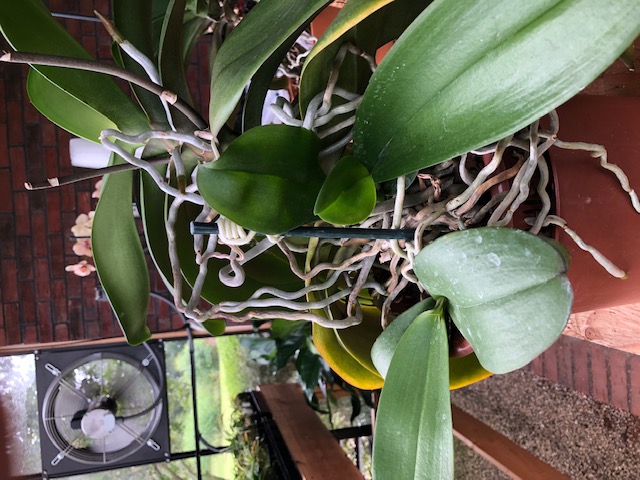
Incidentally, this is a huge Phalaenopsis having a leaf span well over two feet with flowers as big as many whites. Its size and its persistent efforts to grow over the side of the pot indicate P.gigantea somewhere in its background. It came from Lowes, I've never seen anything similar to it anywhere, and I don't know anything else about the breeding. Still, I had to digress, because this is my favorite Phal. of all time.
Here is a picture from two years ago (pre KelpMax)when it flowered on three spikes (one is still developing). It isn't easy to see in the photo, but the base color is a very pale green. The contrast is very striking.
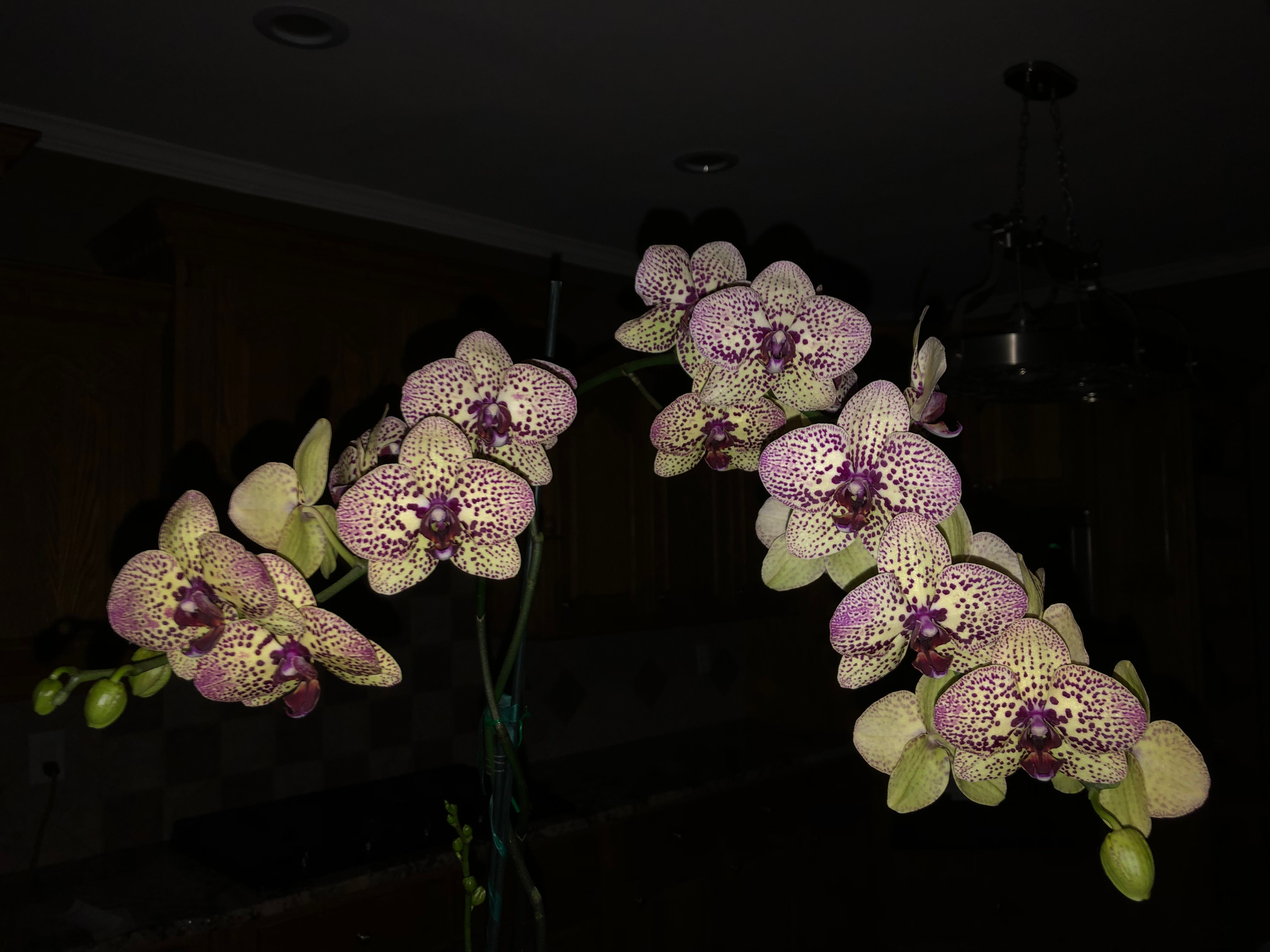
Quote:
|
These pictures do also sway me a bit more to believe kelpmax can improve results. Thx for showing anyway. Nice varieties too
|
Don't believe in KelpMax on faith, or on my outcomes, but play around with it and let us know what you get for results. I'm being surprised by the outcomes very consistently.
-Keith























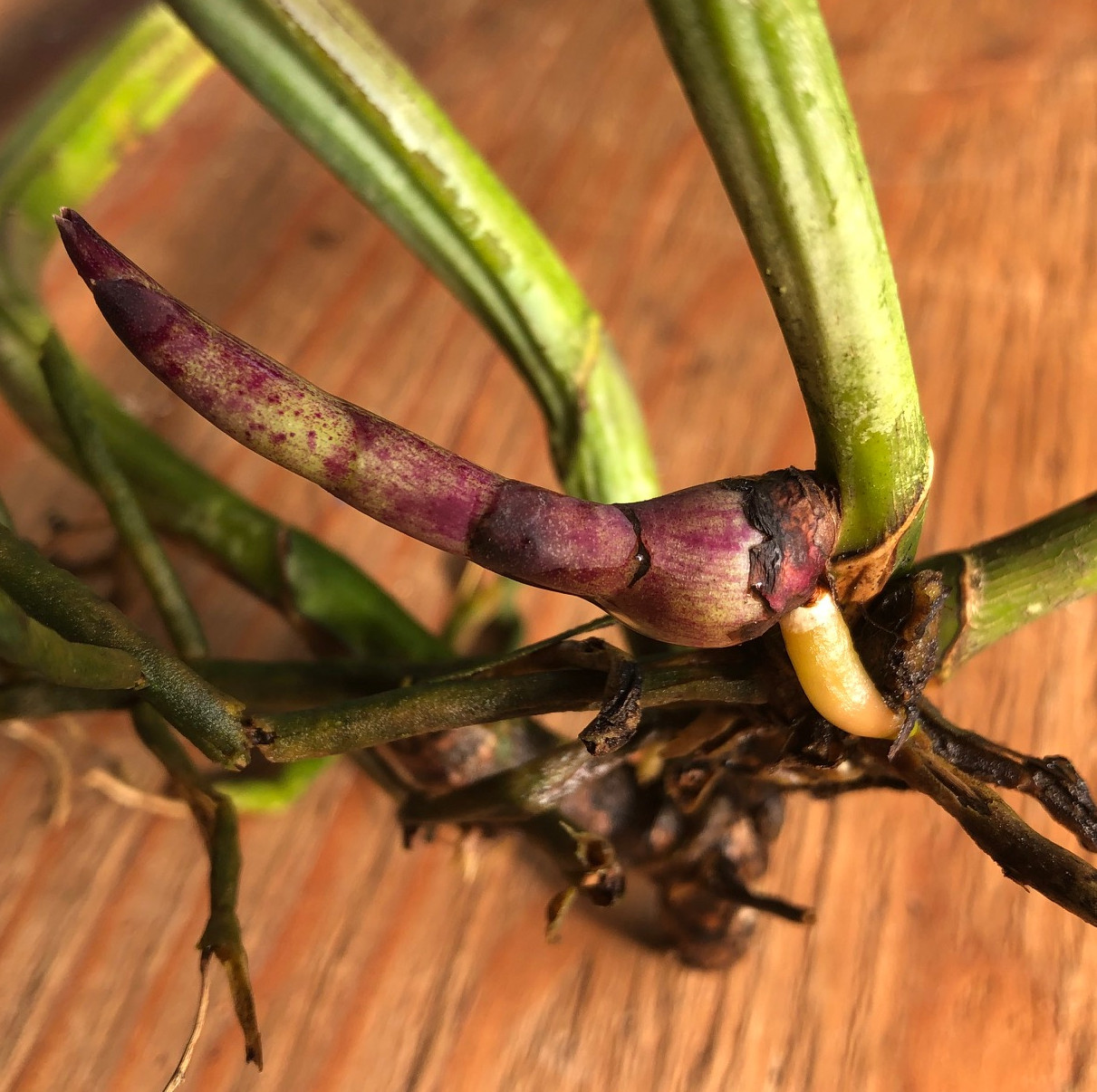
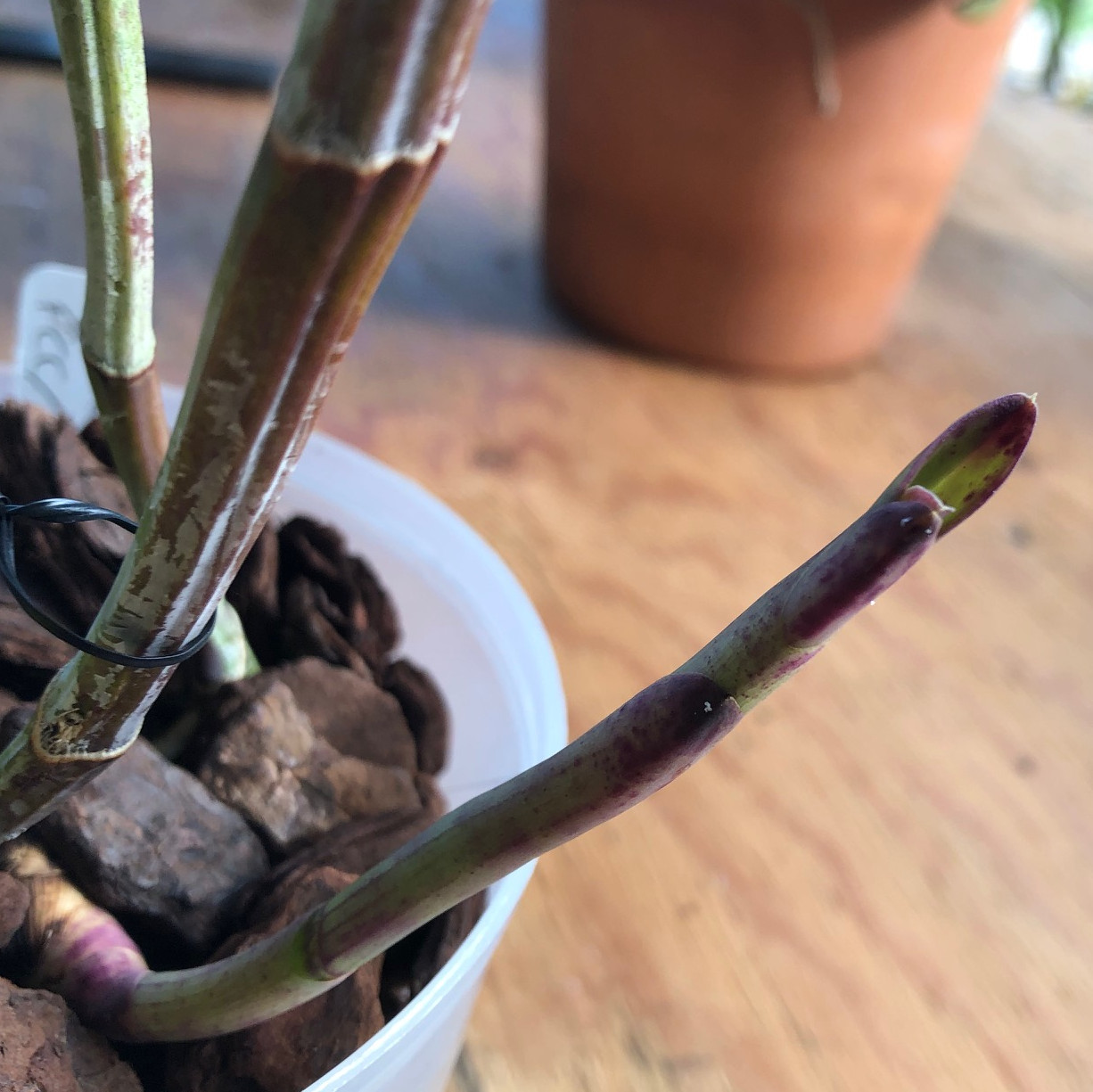
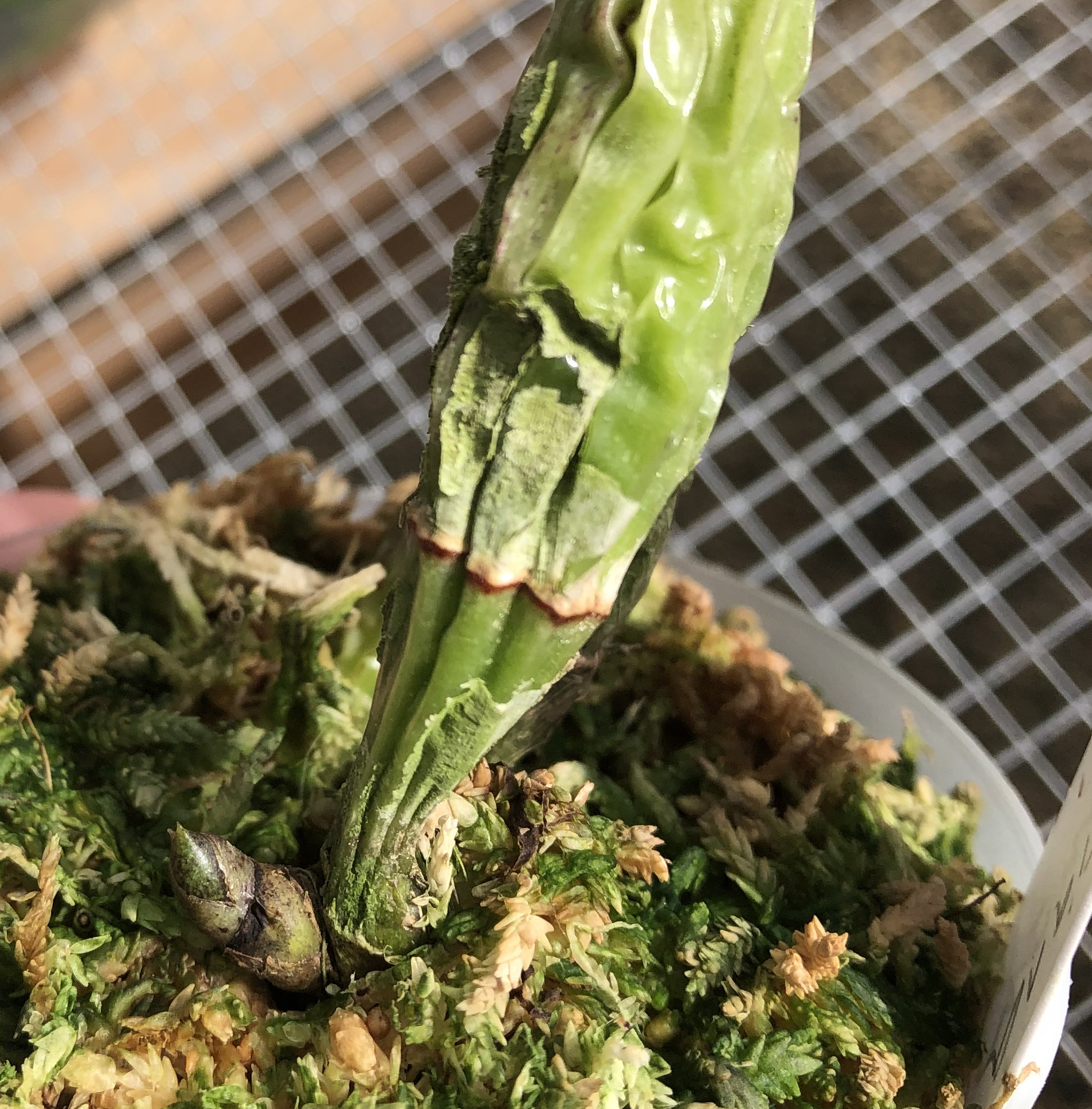
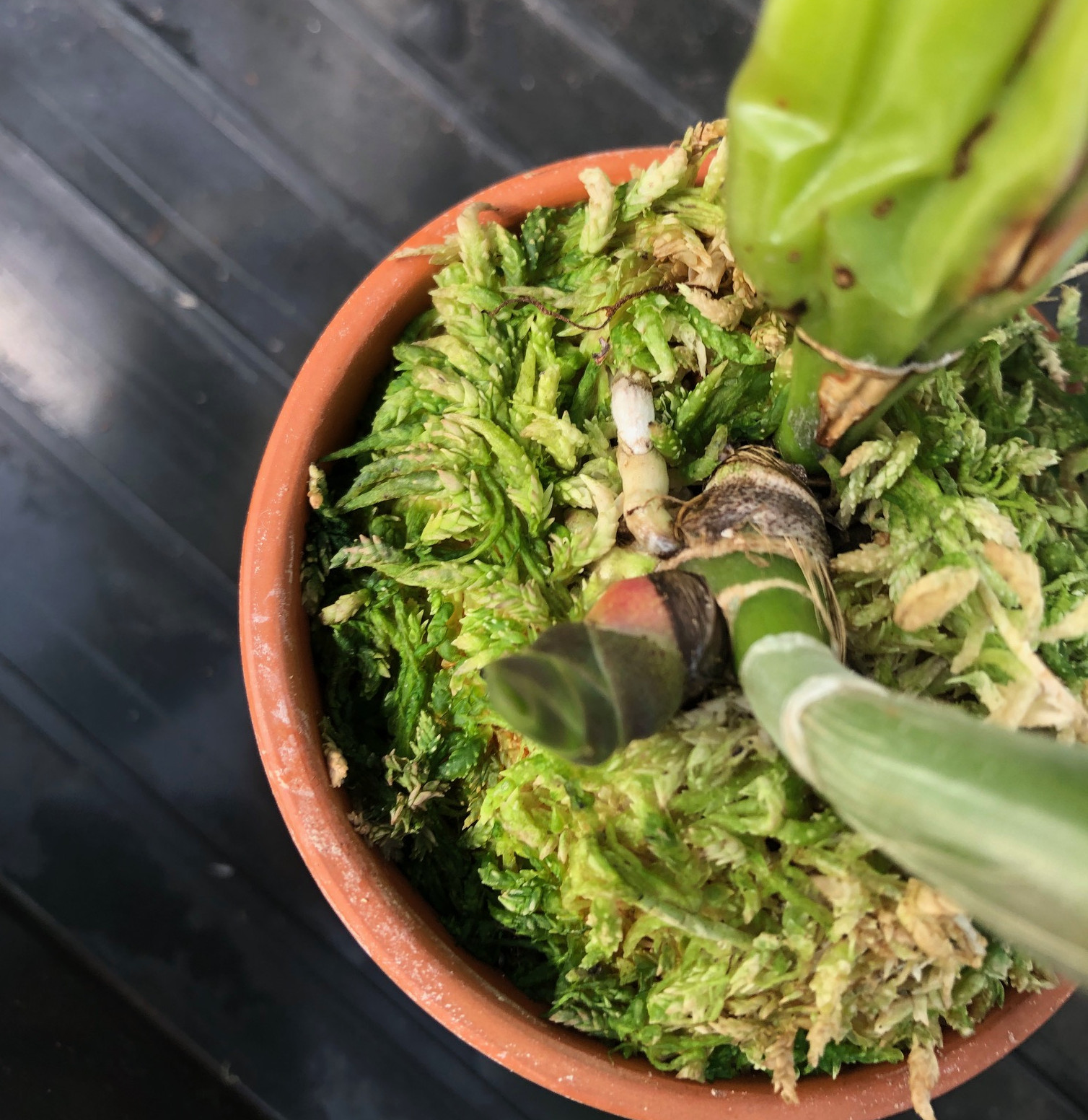
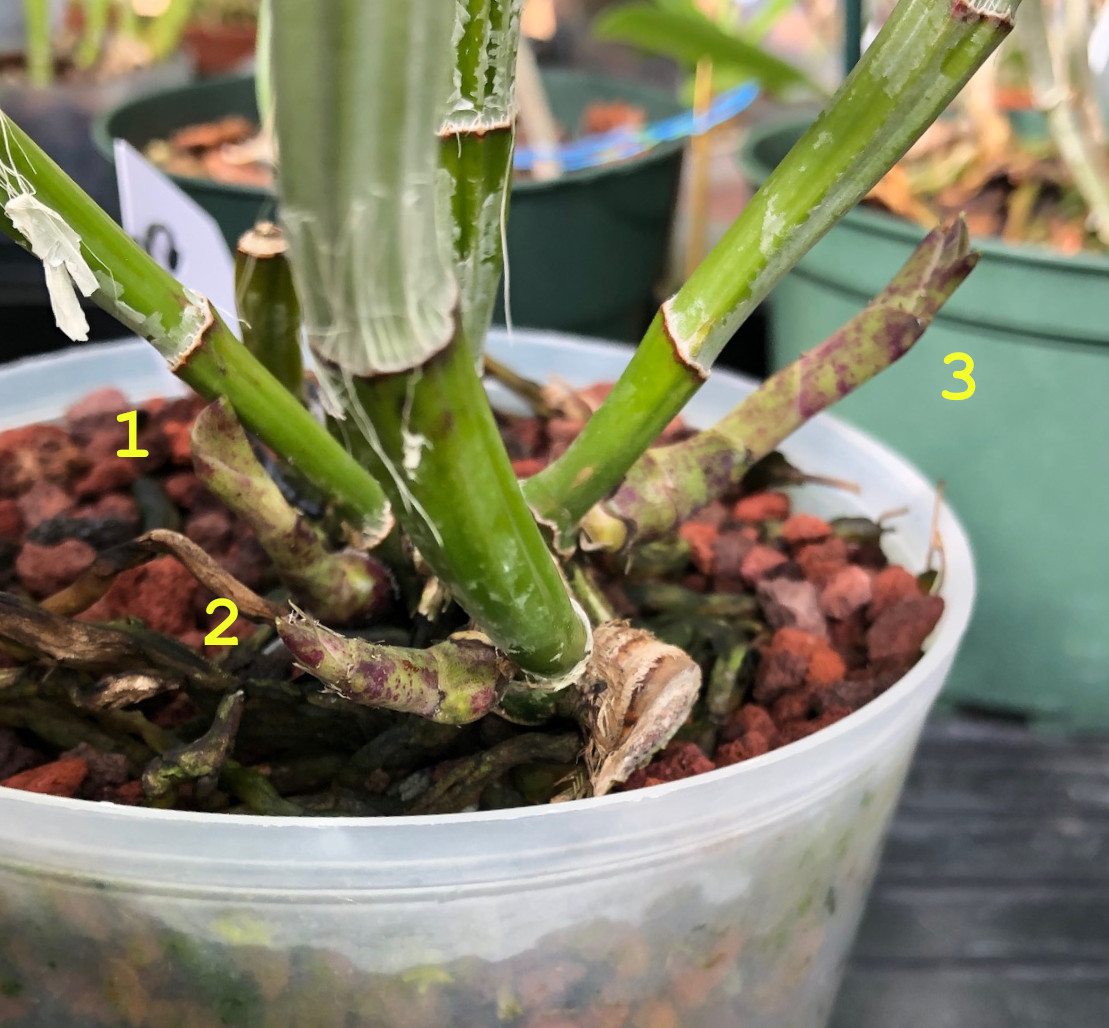
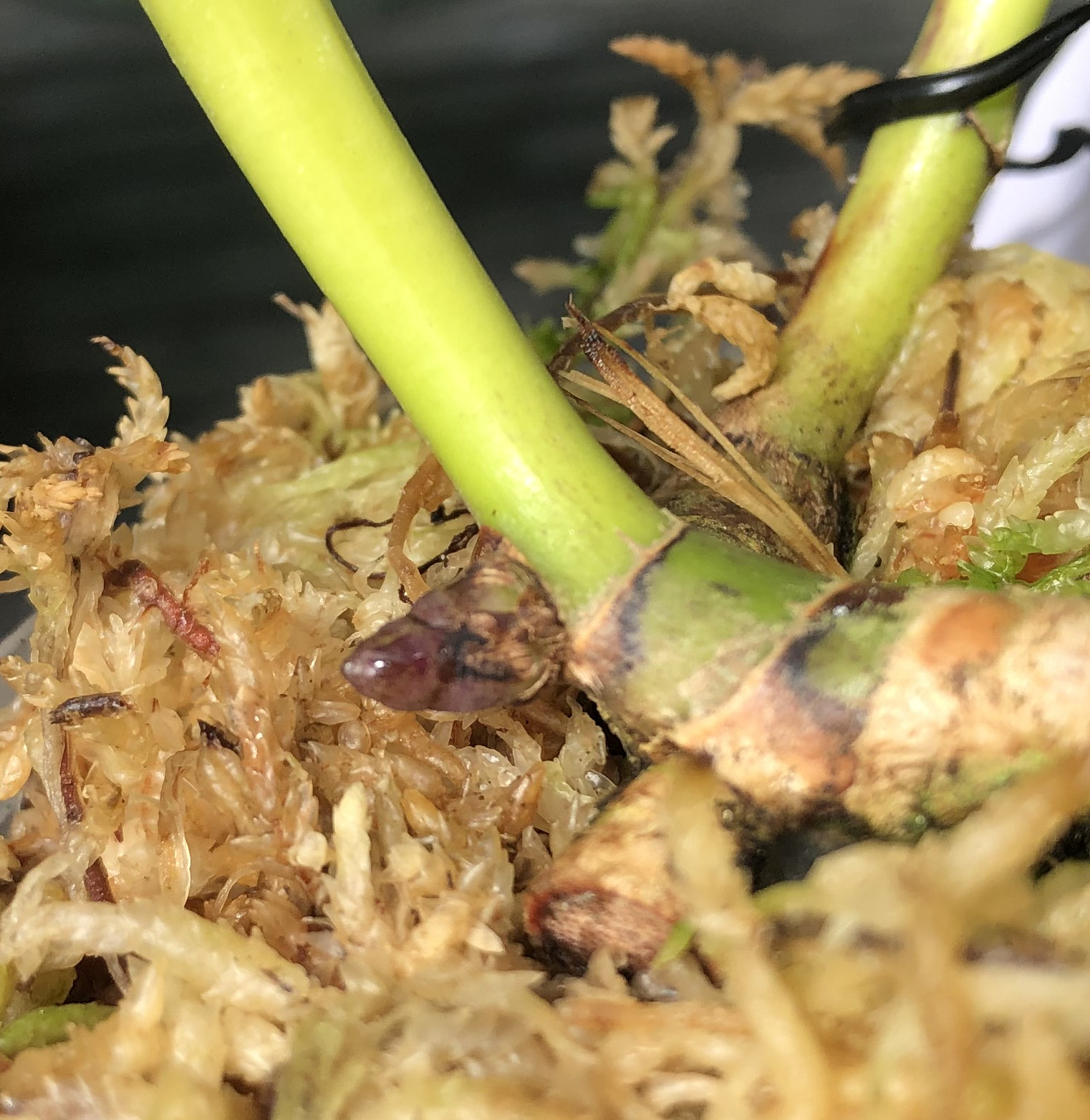









 Linear Mode
Linear Mode


